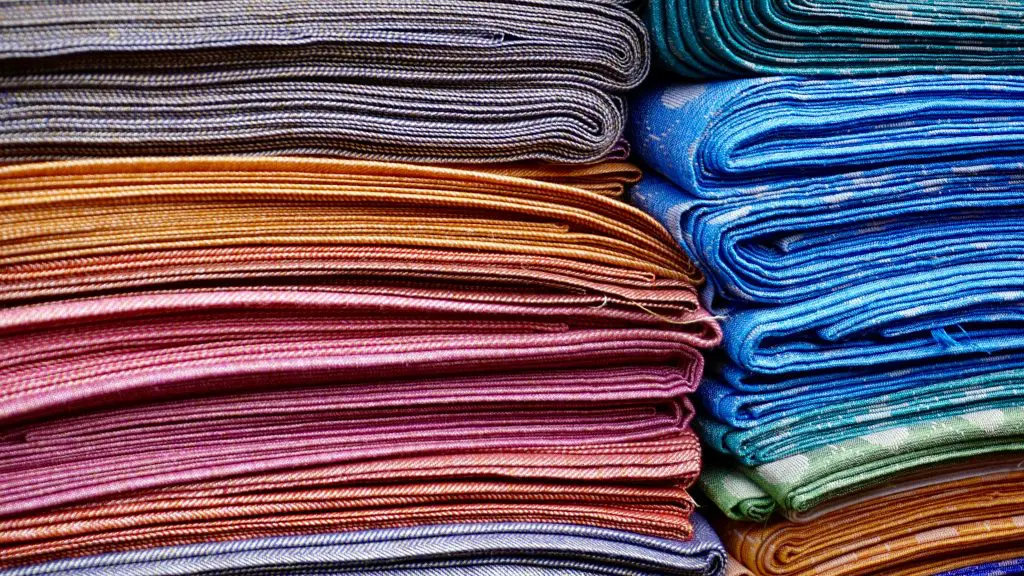
Eco-Labels Help Shoppers Choose Sustainable Clothes, New Study Finds A recent study by the Economic and Social Research Institute (ESRI), funded by Ireland’s Environmental Protection Agency (EPA), has found that eco-labels can significantly influence shoppers to choose more sustainable clothing options. What Was the Study About? The research, conducted by Shane Timmons, Adam Joachim Shier, […]
A recent study by the Economic and Social Research Institute (ESRI), funded by Ireland’s Environmental Protection Agency (EPA), has found that eco-labels can significantly influence shoppers to choose more sustainable clothing options.
The research, conducted by Shane Timmons, Adam Joachim Shier, Olga Poluektova, and Peter D. Lunn, aimed to test whether simple visual indicators, eco-labels, could shift consumer behaviour when shopping for clothes online.
The experiment, conducted in July 2024, involved 1,200 adults shopping in a simulated online store featuring real brands, products, and prices. Participants were given a shopping budget between €180 and €540 and told to act as if they were making actual purchases, with a chance of receiving the clothes they chose.
Eco-labels are symbols or certifications placed on products to indicate that they meet certain environmental or sustainability standards. They are designed to help consumers make more informed, eco-friendly purchasing decisions by identifying products that have a lower environmental impact compared to conventional alternatives.
Voluntary or mandatory: Some are applied voluntarily by brands; others are required by law.
Third-party verified: Many credible eco-labels involve independent certification to ensure trustworthiness.
Based on lifecycle analysis: The most rigorous labels consider multiple stages of a product’s life, including production, use, and disposal.
Participants saw different versions of the online store:
One group saw a simple eco-label applied only to the most sustainable clothing items, based on existing EU policy.
Another group saw a graded “eco-score” label, ranging from A to E, applied to all products.
A control group saw no labels.
Both types of eco-labels led to more sustainable purchases compared to the group that saw no labels.
The eco-score label was twice as effective as the simple label.
Shoppers who saw the simple label chose 10% more sustainable items.
Those shown the eco-score label chose 20% more sustainable items and were more than twice as likely to buy only from the most sustainable brands.
Importantly, the presence of labels did not reduce shopper satisfaction or their enjoyment of the products.
According to Dr. Shane Timmons of the ESRI:
“Many consumers want to make more sustainable choices, but they need clear and trustworthy information at the point of sale.”
While he acknowledged that buying fewer clothes or second-hand is even more sustainable, Dr. Timmons emphasised that eco-labels help shoppers make better choices when buying new clothing and help more sustainable brands stand out.
One of the biggest challenges for consumers is that sustainability in clothing is complex and often opaque. A product might appear eco-friendly due to clever marketing, but sustainability spans the entire supply chain, including:
Material sourcing (e.g. organic cotton vs. virgin polyester)
Dyeing and finishing processes
Labour practices
Transport and packaging
Durability and end-of-life disposal
Without clear, standardised information, most consumers are left to guess, and as the ESRI study shows, many overestimate how eco-friendly their favourite brands really are.
Emerging technologies are beginning to support more sophisticated and verifiable eco-label systems, including:
Blockchain for supply chain transparency and traceability
AI-driven lifecycle assessments that dynamically calculate a product’s environmental impact
QR codes and digital product passports, which provide detailed sourcing, carbon footprint, and recyclability information
As tech-enabled solutions scale, eco-labelling could evolve from static stickers to interactive tools, empowering consumers with far more comprehensive sustainability insights.
The labels had the strongest effect on people with high environmental concern.
The study also revealed that:
Many shoppers underestimate the environmental impact of clothing production.
Others overestimate the sustainability of familiar brands.
There was broad public support for introducing eco-labels both online and in physical stores.
While eco-labels are a valuable tool, they’re not a silver bullet. Broader systemic change is also needed across areas like:
Consumer education: Empowering people to understand sustainability beyond labels.
Business model innovation: Supporting rental, resale, repair, and circular fashion models.
Policy incentives: Tax breaks for sustainable production or penalties for overproduction and waste.
Eco-labels work best when part of a multifaceted strategy that reshapes both supply and demand.
The study, titled “Fashion, Fast or Slow? Effects of binary and graded eco-labels on sustainable clothing purchases,” offers strong evidence that clear, standardised labels can help guide consumers toward more sustainable fashion choices without compromising their shopping experience.
At All-Ireland Sustainability, we’re committed to building a greener, fairer island, together. Stay informed on the latest environmental initiatives, community action, and policy developments shaping sustainability across Ireland, North and South.
👉 Sign up for our newsletter today and be the first to hear about upcoming events, expert insights, and ways to get involved.
Whether you’re a seasoned advocate or just starting your journey, new members are always welcome.
Subscribe now and be part of the All-Ireland Sustainability Membership.